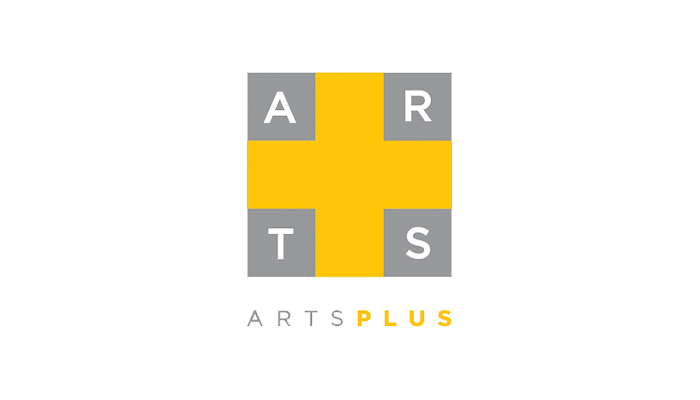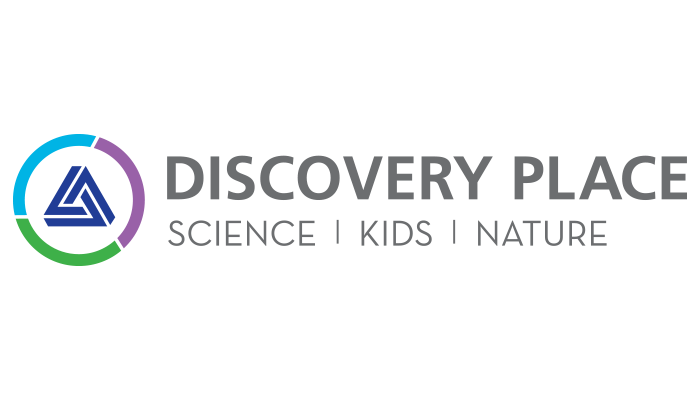While we believe that the books and resources recommended may be of value to you, keep in mind that these are suggestions only and you must do your own due diligence to determine whether the materials are appropriate and suitable for your use. PNC has no sponsorship or endorsement agreement with the authors or publishers of the materials listed.
HEALTHY ME

Germs Can Travel
Children will explore germs, how germs travel, and make “sneeze” paintings.

Lesson Objective
Children will explore germs, will learn how germs can travel, and will make “sneeze” paintings.
ScienceArt
What You'll Need
- Printed or digital images of bacteria and viruses (from an Internet search) – 2
- 5'-6' long sheet of white butcher paper – 2
- Spray bottles – 6
- Red, yellow, and blue watery tempera paint – 1 bottle of each
- Masking or painters tape – 1 roll
- Newspaper or additional paper – to cover floor
What To Do
Note: Before beginning the activity, fill the six spray bottles with the watery paint — 2 bottles of each color. Using the tape, hang the paper on the wall and cover up exposed flooring.
- Pretend to sneeze without covering up your mouth, and ask the children what it looked and sounded like.
- Ask them how far they think the sneeze traveled.
- Pretend to sneeze again, this time covering up your mouth, and ask the children to compare the sneezes.
- Ask children if they know why we cover up our mouths when we sneeze (see Did You Know?).
- Explain that not all germs are bad, but some germs can make us sick (see Did You Know?).
- Display images of bacteria and viruses. Explain that scientists add color to bacteria and viruses so they can see them better; discuss these images with the children (see Guiding Student Inquiry).
- Tell the children that they will be making a class painting of “sneezes” using paint in a spray bottle so we can more easily see the “germs.”
- Explain that the painting will imitate the way germs spread when someone sneezes.
- Demonstrate by standing a short distance from the wall, pretending to sneeze by saying, “A-choo!”, and spraying once with a paint-filled spray bottle.
- Choose a different color spray bottle, stand a little closer to the wall, and again pretend to sneeze—while doing so, spray once.
- Compare the sprays (see Guiding Student Inquiry) and discuss, noting that, with both sneezes, the germs traveled.
- Have children take turns choosing a color and contributing to the class “sneeze” painting.
- Discuss the distances that the sprays traveled, and connect this to the distance a sneeze can travel.
Resources
Home School Resources
Home educators: use these printable lesson PDFs to teach this lesson to your home schoolers. They're available in English and Spanish.
Content Provided By
Common Core State Standards Initiative – These lessons are aligned with the Common Core State Standards ("CCSS"). The CCSS provide a consistent, clear understanding of the concepts and skills children are expected to learn and guide teachers to provide their students with opportunities to gain these important skills and foundational knowledge [1]. Visit the CCSS



